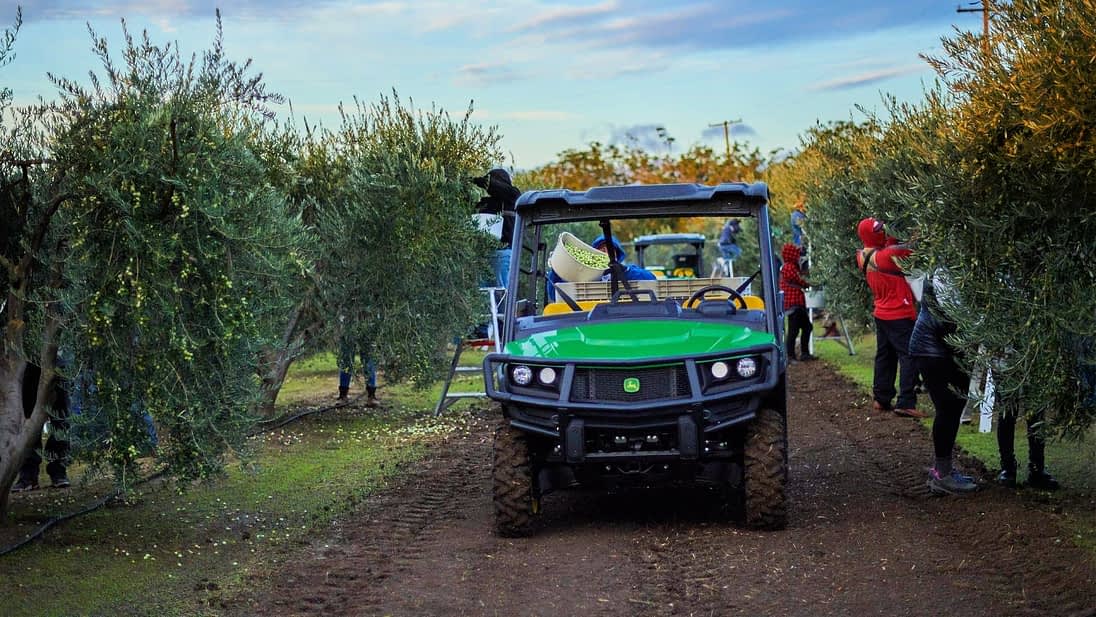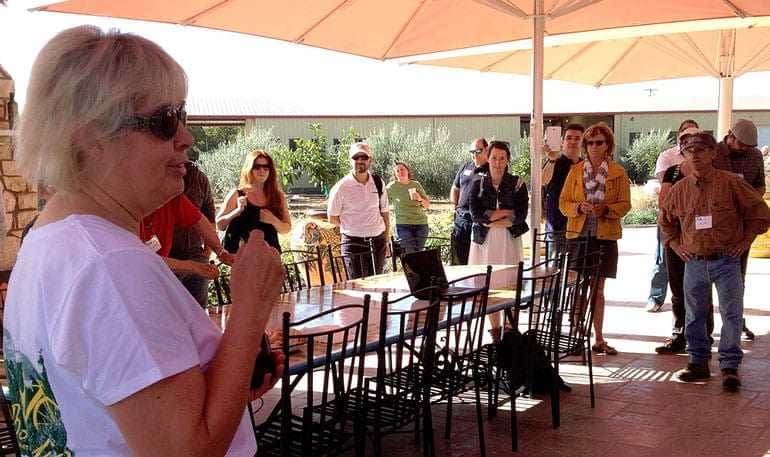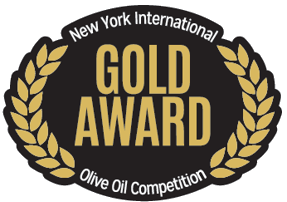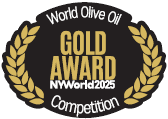Traditional Methods, Sicilian Cultivars Help This California Farmer Standout
Near the small rural northern California city of Winters, the husband and wife team behind Bondolio are counting on authentic Sicilian cultivars and traditional farming methods to set their award-winning extra virgin olive oil apart.
We benefited from the generous teachings of Italian farmers and producers, and we designed the orchard following their old-world methods.
We benefited from the generous teachings of Italian farmers and producers, and we designed the orchard following their old-world methods.
“Back in the 1990s, we traveled (and still do) to Italy, and we always brought back olive oil as this is part of my Italian heritage,” Karen Bond told Olive Oil Times.
“During Christmas 1999, while staying at a bed and breakfast, the owner took us to the farm to taste her new oil, just milled,” she added. “And, wow. That was the moment, and we knew growing olives was what we would do.”
Bond found a property with ten acres (four hectares) of almonds that, by the mid-1990s, were not producing much. Planting olives and making oil became the next step.
After tastings of olive oils from across Italy, Bond said the couple decided to plant Nocellara, Biancolilla and Cerasuola. “These cultivars were fruity and grassy and produced exactly the flavors we seek in our olive oils,” Bond said.
Since those cultivars were unavailable in California, the Bonds applied for permits from the United States Department of Agriculture (USDA) and the California Department of Agriculture to import live plant material.
Karen and Malcolm Bond live in the semi-arid climate on the western edge of California’s San Joaquin Valley.
Near the small rural northern California city of Winters, the husband and wife team behind Bondolio are counting on authentic Sicilian cultivars and traditional farming methods to set their award-winning extra virgin olive oil apart.
We benefited from the generous teachings of Italian farmers and producers, and we designed the orchard following their old-world methods.
“Back in the 1990s, we traveled (and still do) to Italy, and we always brought back olive oil as this is part of my Italian heritage,” Karen Bond told Olive Oil Times.
“During Christmas 1999, while staying at a bed and breakfast, the owner took us to the farm to taste her new oil, just milled,” she added. “And, wow. That was the moment, and we knew growing olives was what we would do.”

Inspired by trips to Sicily, Bond went to great lengths to import four Sicilian cultivars. (Photo: Bondolio)
Bond found a property with ten acres (four hectares) of almonds that, by the mid-1990s, were not producing much. Planting olives and making oil became the next step.
After tastings of olive oils from across Italy, Bond said the couple decided to plant Nocellara, Biancolilla and Cerasuola. “These cultivars were fruity and grassy and produced exactly the flavors we seek in our olive oils,” Bond said.
Since those cultivars were unavailable in California, the Bonds applied for permits from the United States Department of Agriculture (USDA) and the California Department of Agriculture to import live plant material.
Discover the world’s top brands.
World Olive Oil Ranking
“Sadly, and it brought us to tears, the first shipment of seedlings arrived at the airport with dirt on the roots, and into the USDA furnace they went,” Bond said. This was when they learned it was against regulations to import any soil with plant material.
“I don’t like to tell that story because a man isn’t supposed to cry openly,” Malcolm Bond told California Table, a Substack newsletter. “Once the box of our little plants was incinerated in front of me, I cried.”
The Bonds continued searching for ways to source the plants. They found a group near Florence to propagate seedlings, plan the organization of the orchard, and introduce Pendolino to help self-pollinate.
“We found a new nursery and the most helpful people who not only propagated for us but were also instrumental in planning the orchard,” Karen Bond said. “They are still dear friends to this day. Happily, the new seedlings arrived – 1,250, on Christmas Eve 2007, and the rest is a glorious history.”

Karen Bond oversees each year’s harvest while Malcom Bond manages milling. (Photo: Bondolio)
Reflecting on the 2023/24 crop year, Bond said there was an increase in quantity, with the extra virgin olive oil being much more pungent and bitter than in previous harvests.
“Each harvest, we learn about our trees and the olives, and Malcolm adjusts the milling to the olives,” she said. “While this was a heavy year with bountiful olives, the yield was smaller with more concentrated flavors.”
Using farming techniques learned from their travels and early years, the Bonds expanded their vision to implement similar practices throughout.
“We benefited greatly from the generous teachings of many Italian farmers and producers, and we designed the orchard following their old-world methods,” Bond said. In keeping with traditional methods, the olives are handpicked.
The Bondolio grove design is much like the traditional southern Italian layout; trees and rows are spaced with more than 20 feet (six meters) of separation. The centers of the trees are bowled out to avoid olive fruit fly infestations. This layout and unique pruning style give each tree full sun and air circulation.
“In 2015, to achieve more control over the quality and characteristics of our oil, we decided to build our small mill adjacent to the grove and our home,” Bond said. “We are farmstead, olive oil growers.”
The mill and milling practices use the latest technology and research. The Bonds take pride in carefully milling the handpicked olives on-site, aiming to keep the time between picking and transforming the olives to within 90 minutes.
The harvest takes approximately five days, with about 60 people helping. Bond coordinates and oversees the process and delivers the bins of just-picked olives to Malcolm Bond at the mill.

The Bonds offer a range of oleotourism events to promote their products and the local culture. (Photo: Bondiolio)
“We are hands-on olive oil growers, and we strive to mill the highest quality olive oil,” Karen Bond said. “The grove, the mill, the indoor and outdoor tasting rooms and our home are Bondolio. Surrounded by the ten-acre grove, we keep a watchful eye on every tree.”
“This is a small-batch farmstead olive oil with an annual production of about 800 gallons (3,000 liters),” she added. “We produce an olio nuovo, which is by pre-order and sells out very quickly, and we produce a small amount of mandarin orange oil, co-milled at the end of the season with our Pendolino, the hard-working pollinator.”
Weather, water and the threat of fires will continue to be significant issues. “We and the California growers and producers will adapt and work together to find and share solutions,” Bond said. “Other concerns include the continued increase in the cost of harvest labor.”
Carefully following centuries-old Sicilian tradition has yielded a legacy of success for Bondolio at the NYIOOC World Olive Oil Competition, with the company winning its fourth Gold Award at the 2023 edition.
Bond said the company first entered the NYIOOC in 2013. “We entered our first year mostly to see how our Sicilian Estate Blend would do,” she added. “We earned a Gold, and our online sales skyrocketed. Each year, we enter and benefit greatly from the recognition the competition brings us.”
Traditional Methods, Sicilian Cultivars Help This California Farmer Standout – Olive Oil Times



